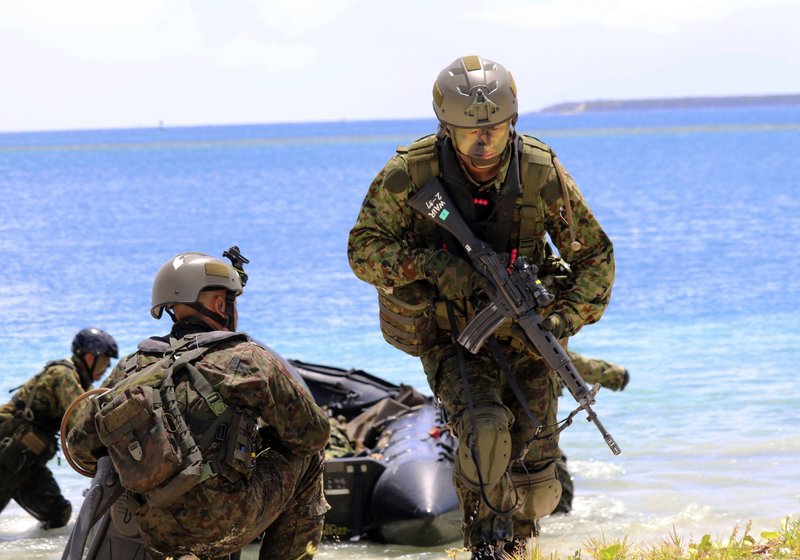HAGATNA, Guam -- Residents of the Pacific island of Guam say they're afraid of being caught in the middle of escalating tensions between the U.S. and North Korea after Pyongyang announced that it was examining plans for attacking the strategically important U.S. territory.
Though local officials downplayed any threat and Secretary of State Rex Tillerson was unruffled as he headed to Guam to refuel on his trip back to Washington from Malaysia, people who live and work on the island said they could no longer shrug off the idea of being a potential target. Guam serves as a launching pad for the U.S. military.
"I'm a little worried, a little panicked. Is this really going to happen?" said Cecil Chugrad, a 37-year-old bus driver for a tour bus company in Guam. "If it's just me, I don't mind, but I have to worry about my son. I feel like moving [out of Guam] now."
About 163,000 people live on the island that spans only about 12 miles at its widest. They are used to the threats from North Korea. But advances in the country's nuclear program paired with fiery rhetoric from President Donald Trump has raised the already high animosity and heightened worries that a miscalculation might spark conflict between the nuclear-armed nations.
Reports suggested North Korea mastered a technological hurdle needed to strike the U.S. with a nuclear missile. The advances were detailed in an official Japanese assessment and later a Washington Post story that cited U.S. intelligence officials and a confidential Defense Intelligence Agency report.
In response, Trump on Tuesday threatened the communist country "with fire and fury." On Wednesday, the North Korean army said in a statement that it was studying a plan to create an "enveloping fire" in areas around Guam with medium- to long-range ballistic missiles.
On his flight back to Washington, Tillerson said he never considered re-routing the trip to avoid refueling in Guam.
"I do not believe that there is any imminent threat," Tillerson told reporters aboard the plane. "What we're hopeful is that this pressure campaign [including sanctions], which the entire world now has joined us in, and with the engagement of China and Russia, two of North Korea's closest neighbors -- that they can begin to persuade the regime that they needed to reconsider the current pathway they're on and think about engaging in a dialogue about a different future."
Still, some residents of Guam were concerned.
"If anything happens, we all got to be ready, be prepared, and pray to God that it doesn't happen," Daisy Mendiola, 56, said after finishing lunch with her family at a restaurant near Hagatna. "Everyone's afraid because we're dealing with powers that's beyond us."
Other residents are worried about the political atmosphere and the government's ability to find a peaceful solution.
Todd Thompson, a lawyer who lives on Guam, said he laughed off past threats because he "figured cooler heads in Washington would prevail, and it was just an idle threat."
"But I have to say, I'm not laughing now," Thompson said. "My concern is that things have changed in Washington, and who knows what's going to happen?"
Information for this article was contributed by Mark Thiessen and Josh Lederman of The Associated Press.
A Section on 08/10/2017

